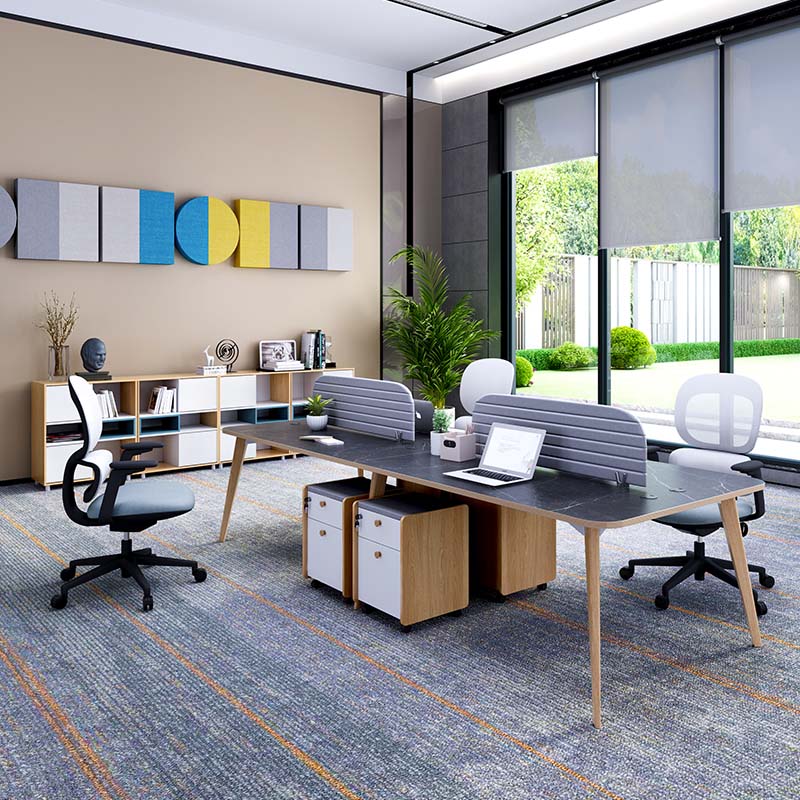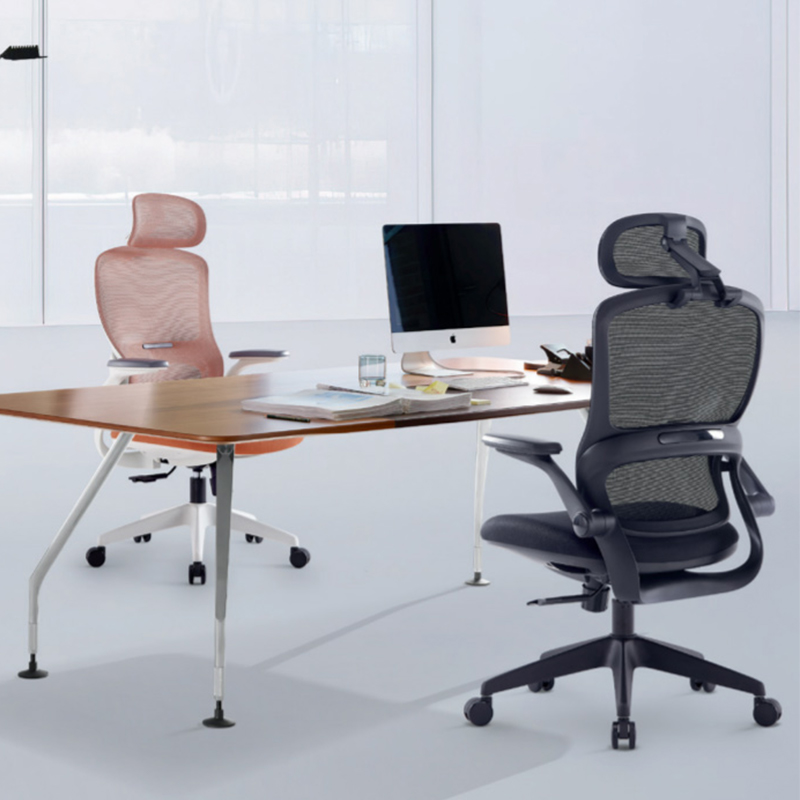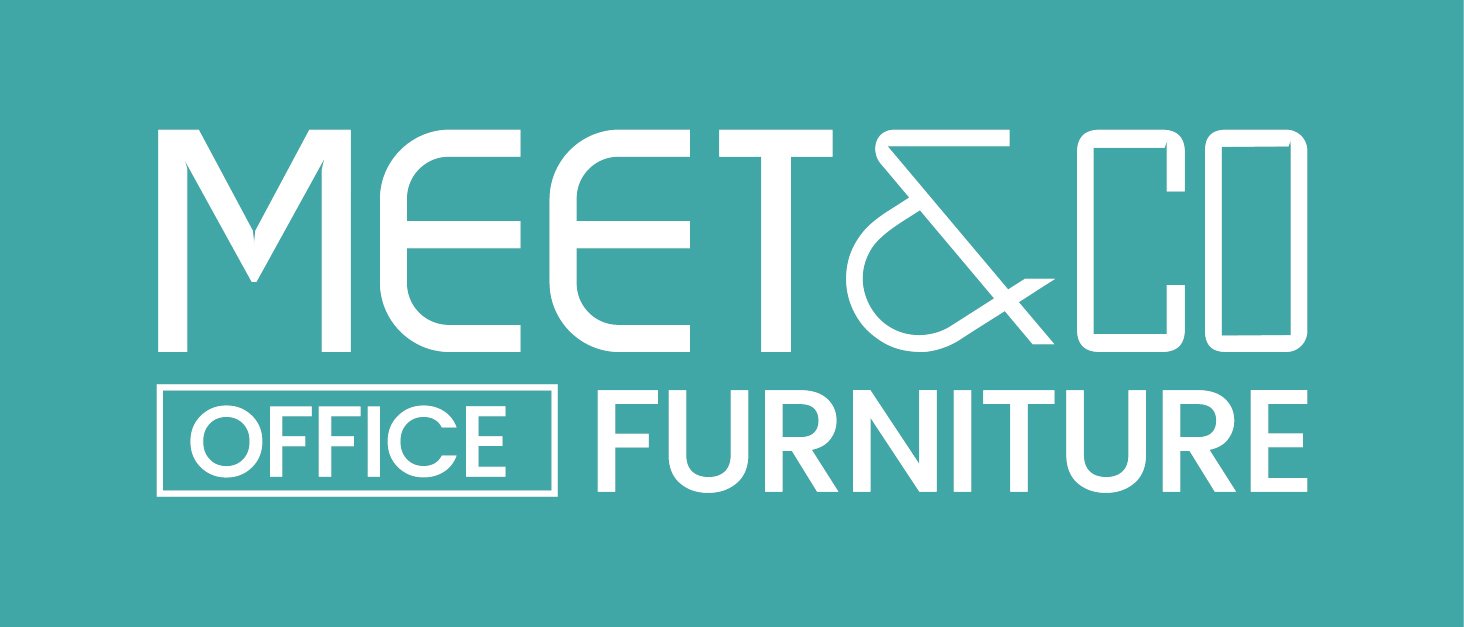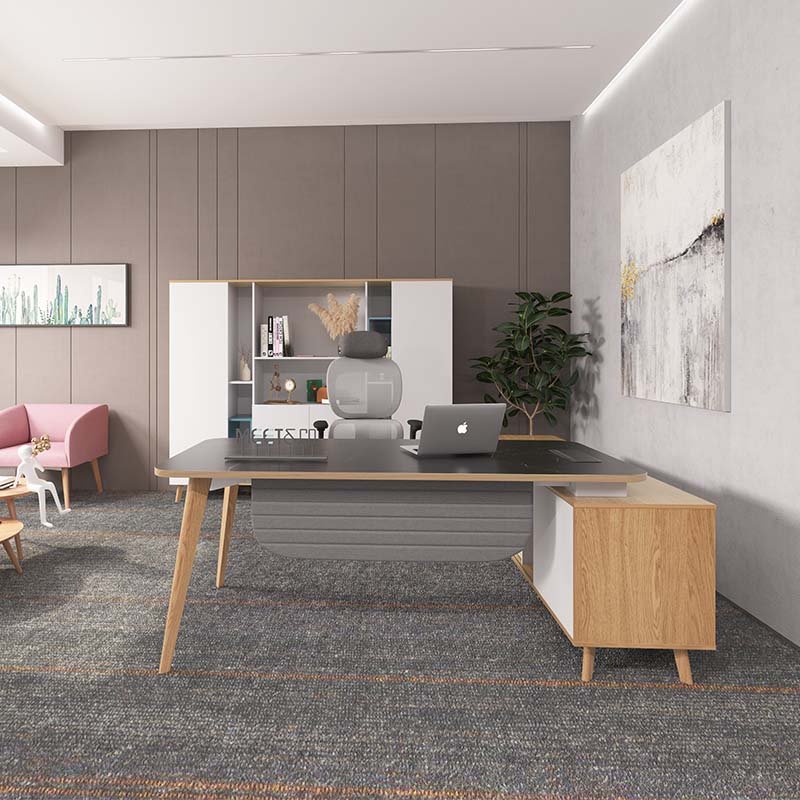In today’s competitive business landscape, workplace design has found its rightful place on the priority list of SMEs. The importance of selecting the right office furniture can’t be underestimated, as it plays a pivotal role in boosting productivity, ensuring employee satisfaction, and enhancing office aesthetics. The charm of a well-designed office space lies in its ability to stimulate creativity, foster collaboration, and promote a healthy working environment. The right business office furniture solutions can transform any office into a vibrant and energetic space that echoes the company’s ethos while keeping employee well-being at its core.
1. Understanding Your Office Space

Navigating the world of office furniture begins with a comprehensive understanding of your office space. Considerations such as floor space, office layout, and employee needs are the guiding parameters to determine the most suitable furniture. Begin by assessing the floor space. Do you have an open plan or are there separate cubicles? Next, delve into the layout – where are the windows, doors, and power sources? Mapping these out can help you identify the best spots for placing workstations, seating areas, and storage units. Then, consider the needs of your employees. Do they spend long hours at their desks, or are they mostly on the move? The answers to these questions will help you zero in on the most comfortable and practical furniture pieces that align with your office space and work culture.
2. The Importance of Quality
When it comes to office furniture, remember that every dollar invested is a step towards long-term comfort and productivity. High-quality, durable furniture provides numerous advantages that far outweigh their initial cost.
- Ergonomics: Furniture designed with ergonomics in mind not only boosts productivity but also prevents work-related musculoskeletal disorders. Ergonomic chairs with adjustable heights, armrests, and back supports can significantly reduce back pain and fatigue (1)
- Durability: High-quality furniture is built to last. Investing in robust and sturdy furniture will save you from frequent replacement costs, proving to be cost-effective in the long run.
- Materials: The choice of materials can significantly impact the durability and aesthetic appeal of your furniture. Wood lends a classic, timeless appeal, while steel and glass promise modernity and sleekness. Always choose materials that are easy to clean, maintain, and align with your office’s interior design.
A well-planned and executed office space with quality furniture can catalyze driving your business towards its goals. The right furniture not only adds to the aesthetic appeal but also contributes significantly to the productivity and health of the employees. Investing in quality furniture is indeed a win-win for every stakeholder.
3. Choosing the Right Desks and Workstations
Choosing the right desks and workstations is pivotal to creating an office environment that promotes productivity, efficiency, and a happy workspace. It is crucial to understand that desks and workstations are not one-size-fits-all. They should be selected considering various factors like employee roles, office culture, and space constraints.

Types of Desks and Workstations:
- Executive Desks: These desks are a staple in any office. They exude professionalism and are often used by upper-level management. These desks typically offer a large workspace and come with ample storage options. They are crafted with high-quality materials to reflect the executive’s status and taste.
- Standing Desks: In the age of health consciousness, standing desks have become increasingly popular. These desks allow employees to work while standing, reducing the time spent sitting and promoting better posture and health. They are especially beneficial in environments where employees tend to work long hours.
- Adjustable Desks: These desks offer flexibility, a crucial aspect of today’s dynamic office culture. They can be adjusted to fit the user’s comfort, whether they prefer to work standing or sitting. This can lead to increased productivity as employees can change their working position based on what’s comfortable.
- Modular Workstations: These are ideal for offices with space constraints or those promoting a collaborative work culture. They are designed to be rearranged or expanded according to the need and can accommodate multiple employees.
How to Choose the Right One:
- Considering Employee Roles: Different roles require different types of desks. For instance, an executive might need a large desk with plenty of storage, while a graphic designer might require a spacious, adjustable desk for their creative work.
- Office Culture: If your office promotes collaboration and team discussion, modular workstations would be ideal. On the other hand, if your workforce is mostly remote and employees come in for a few hours, adjustable desks would be more suitable.
- Space Constraints: Space is a limiting factor in many offices. In such cases, optimizing the available space becomes crucial. Modular workstations, which can be rearranged and adjusted, can help you make the most of your space.
In conclusion, tailoring your office furniture to your unique needs can significantly improve productivity and satisfaction among employees. Remember, the right desk or workstation can not only transform your office space but can also have a profound impact on the work produced there. With manufacturers like Meet&Co Office Furniture, finding the right furniture solution becomes a breeze. They offer a wide range of high-quality, durable, and stylish office furniture catering to diverse needs.
4. Selecting Comfortable and Ergonomic Chairs
The office chair, often overlooked, is a fundamental piece of office furniture that greatly impacts an employee’s health and productivity. The right chair can prevent back pain, enhance focus, and contribute to a more productive work environment.

Why Ergonomic Chairs Matter:
Ergonomic Chairs are designed to accommodate different body shapes, sizes, and working postures. They provide the necessary support to the lower back and promote good posture. According to a study by the National Institute of Health, ergonomic chairs can significantly decrease the risk of back pain, one of the most common health problems among office workers (2).
Types of Office Chairs:
- Task Chairs: These are standard office chairs, designed for everyday use. They are often adjustable in height and tilt to fit different desk heights and user preferences.
- Executive Chairs: These are more luxurious and are often used by senior management. They offer more comfort and superior support, usually coming with added padding and a high back for extra lumbar support.
- Ergonomic Chairs: As we discussed, these chairs are designed for comfort and proper posture. They usually have adjustable seat depth, armrests, and lumbar support.
Selecting Chairs Based on Design, Adjustability, and Material:
- Design: The design of the chair should be not only aesthetically pleasing but also functional. It should complement the design of the office while meeting ergonomic requirements.
- Adjustability: The more adjustable a chair is, the better. Look for chairs with adjustable height, armrests, backrests, and seat depth so each employee can customize the chair to their needs.
- Material: The material is also a key factor, affecting the durability and comfort of the chair. Mesh chairs offer breathability, which is good for warmer environments, while leather chairs offer a more luxurious look and feel.
When it comes to selecting comfortable and ergonomic chairs, always remember that the health and comfort of your employees should be a top priority. A high-quality ergonomic chair is a worthwhile investment that can positively affect productivity and morale in the office. By considering each employee’s unique needs and the overall environment of the office, you can create a more effective and harmonious workspace.
5. Integrating Lounge Furniture for Collaborative Spaces
Modern offices are increasingly understanding the importance of collaborative spaces within their work environment. These areas, outfitted with comfortable lounge furniture such as sofas, armchairs, and coffee tables, can significantly contribute to team-building, creative brainstorming, and overall employee satisfaction.

The Importance of Lounge Areas:
Lounge areas create a relaxed environment that breaks away from the rigidity of traditional office seating arrangements. Studies have shown that such spaces can enhance creativity and productivity among employees, as well as facilitate open communication and foster relationships. When employees feel comfortable and relaxed, they are more likely to engage in innovative thinking and collaborative discussions.
Choosing the Right Furniture:
When selecting lounge furniture, consider the overall design and feel of your office. The furniture should complement the existing aesthetic while also providing comfort and functionality. Look for sofas and chairs with ergonomic designs to support user comfort during long discussions or brainstorming sessions. Upholstery materials should be durable and easy to clean, especially in high-traffic areas. Consider also including elements like coffee tables, side tables, or ottomans to enhance the usability of the space.
The arrangement of lounge furniture should encourage interaction and collaboration. Arrange sofas and chairs in a circular or semi-circular pattern to encourage conversation. Ensure there is sufficient space for movement and the area does not feel cramped. If space allows, you can also include elements like room dividers or plants to create a sense of privacy and seclusion.
6. Top 3 Modern Office Furniture Manufacturers
When it comes to top-quality office furniture manufacturers, three names that stand out in the industry are Meet&Co, Herman Miller, and Steelcase.

- Meet&Co Office Furniture: Founded in 2007, Meet&Co Office Furniture has rapidly become a leading name in modern office furniture, with a strong commitment to creating innovative and comfortable workspaces. Their expansive product range, covering everything from executive desks to ergonomic chairs and collaborative sofas, is recognized for its exceptional quality, durability, and eye-catching design. With a strong customer-first approach, Meet&Co values understanding and catering to the unique needs of each client, making them a trusted choice for over 100,000 enterprise customers across 100+ cities worldwide.
- Herman Miller: Herman Miller is a renowned manufacturer known for pioneering ergonomic furniture, especially their Aeron chair, which is often considered the gold standard in office seating. They are committed to sustainability and design furniture that is meant to last, helping businesses save money in the long run.
- Steelcase: Steelcase, another industry leader, has been in the furniture business for over a century. Their research-led approach to furniture design sets them apart. They create furniture that enhances employee productivity and promotes a collaborative work environment.
Conclusion
Choosing the right office furniture is paramount for creating a productive, comfortable, and aesthetically pleasing work environment. Proper furniture that suits your office space, caters to employee needs and fosters a sense of well-being can greatly impact productivity and satisfaction. Investing in quality furniture from established manufacturers like Meet&Co, Herman Miller, or Steelcase can ensure you achieve these goals. Remember, your office is more than just a place to work—it’s a space that reflects your company’s values and culture.
If you’re ready to innovate your office life and create a healthy, happy workspace, explore Meet&Co’s wide range of modern and durable office furniture options today. It’s time to energize your organization with a flexible and effective office strategy.
References:
- “Office ergonomics: Your how-to guide“, Mayo Clinic.
- NIH

